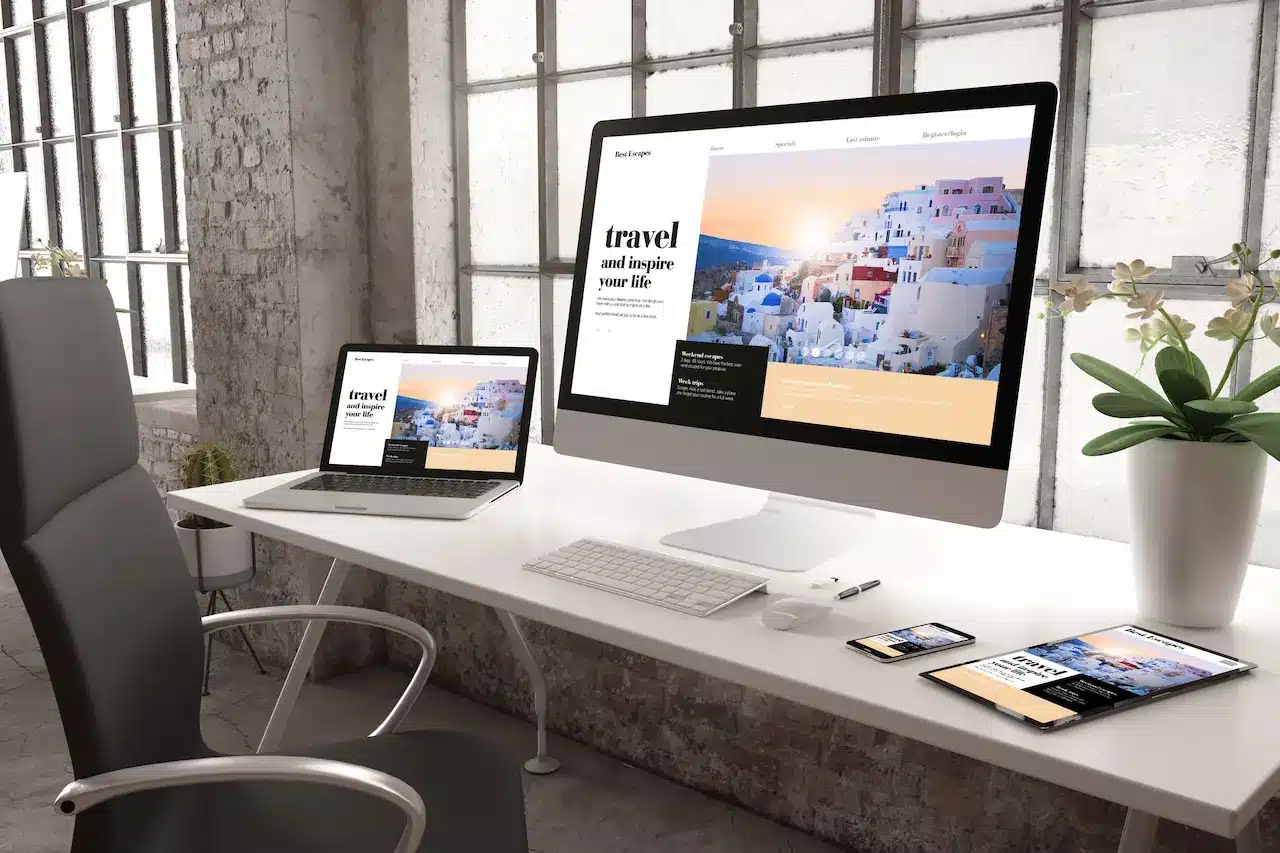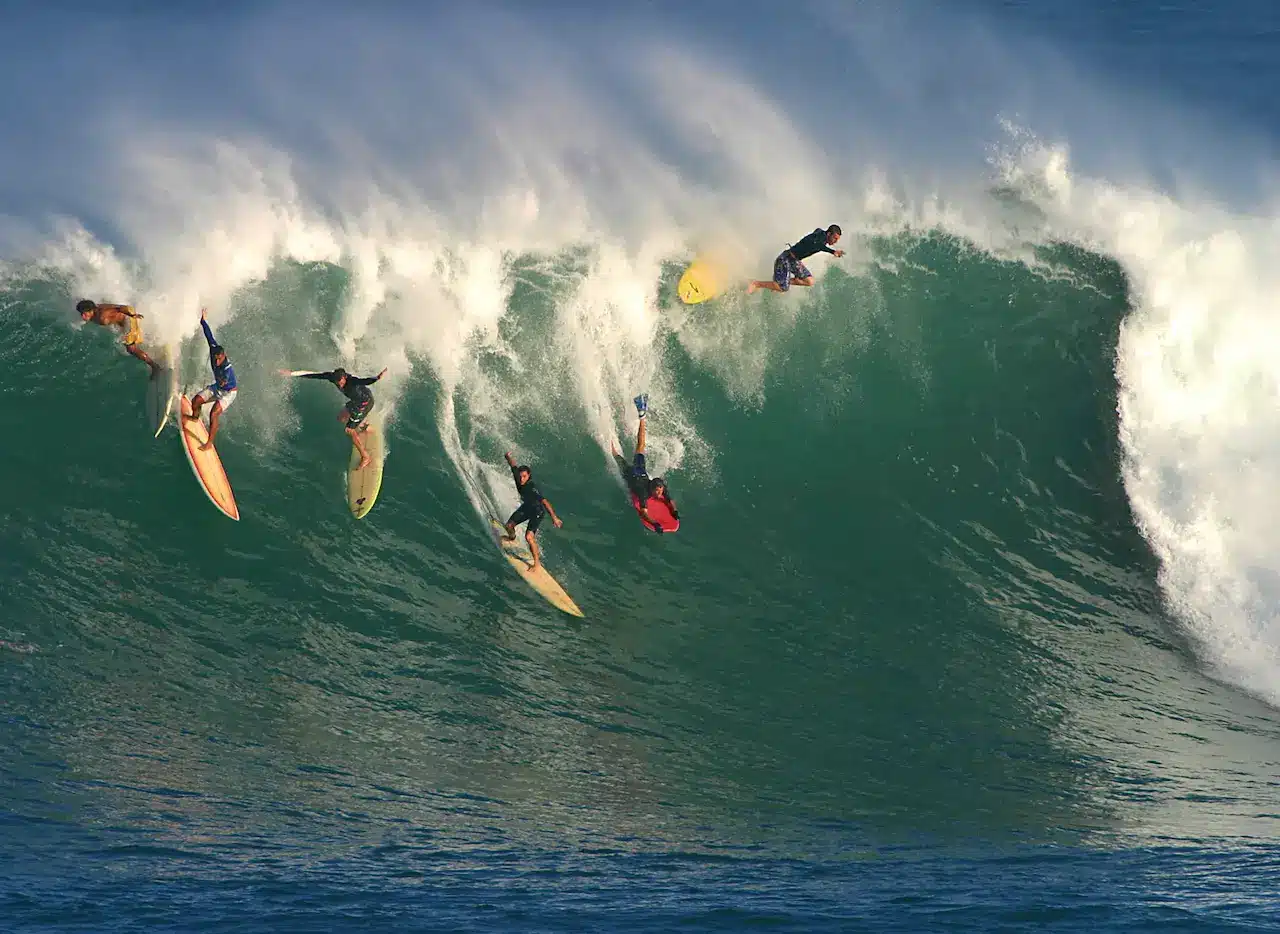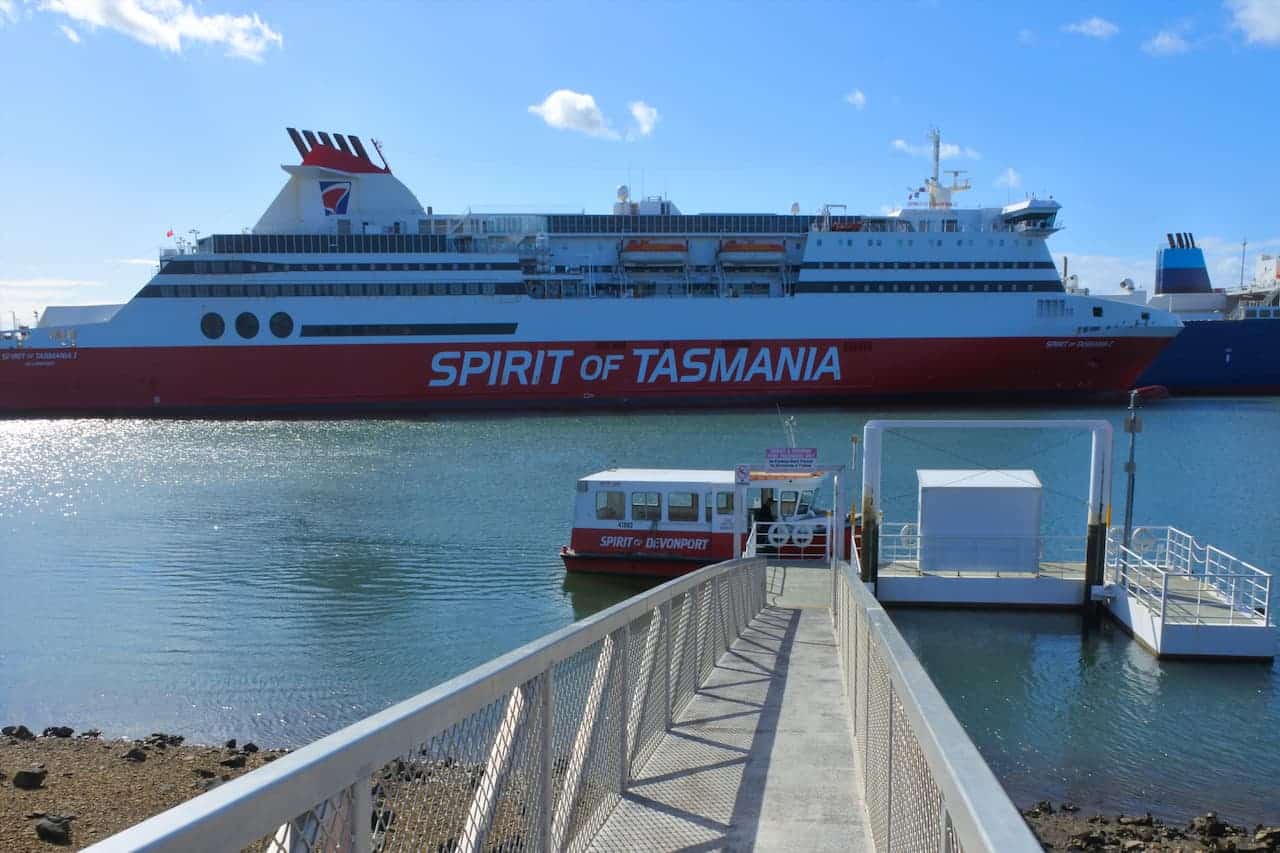Tasmanian Travel Business Introduction
Tasmania, an Australian island state, is famous for its magnificent scenery, historical heritage and diverse fauna. To promote a travel business in Tasmania, you need a strategy that combines online and offline marketing tactics.
This article focuses on various ways through which a Tasmanian travel business can be effectively marketed by examining recent case studies and testing successful marketing strategies.
In this way, enterprises may increase the number of visitors they host and boost their general brand presence by understanding market subtleties and using different innovative techniques that have been tried over time.
Understanding the Market
To get specific with marketing strategies for Tasmanian travel businesses, there is a need to appreciate market dynamics and target audience. The tourist mix includes a wide range of interests and hobbies: fans of outdoor activities or history seekers, among others. A better response might be achieved if marketers are aware of who these people are.
Table of Contents
Toggle
Visitor Statistics and Trends
According to recent figures, Tasmania had 1,277,500 visitors with an expenditure totalling $3.5 billion, although there was a slight drop in numbers compared to past years. Such trends are vital in aiding the development of niche marketing campaigns that appropriately serve potential clients’ desires.
Target Audience Segmentation
Tourism Tasmania has adopted new segmentation criteria aimed at unmasking its customers, better known as high-value travellers who would rather spend money on experiences than material things. By dissecting the crowd into subgroups, it will be possible for businesses to make tailored messages that would work well with various groups, thus raising engagement rates while increasing conversion levels.
Digital Marketing Strategies
In today’s digital age, every travel business must have a strong online presence. Digital marketing comprises various activities such as website optimisation, social media marketing, email campaigns and search engine optimisation.
Website Optimization and SEO
A well-designed website is the bedrock of any digital marketing strategy. For instance, Retreats Tasmania experienced significant growth in its web traffic and inquiries after revamping its website and implementing an SEO campaign.
There was an increase in the number of keywords ranked by the site by 1,660%, which resulted in a 266% increase in organic traffic. Making your website user-friendly and visually appealing and optimising it for search engines will lead to more organic traffic and better overall engagement.
Social Media Marketing
Social media platforms are great channels to reach many people, especially potential visitors. Tourism Tasmania’s “Come Down For Air” campaign was hugely successful on social media, with Instagram stories reaching over 2.5 million users while Facebook videos generated 3.2 million views. Companies can catch the attention of potential travellers by creating unique content about various attractions in Tasmania.
Email Marketing
Despite its age, email marketing remains an incredibly effective tool for warming up prospects and maintaining a bond with previous website visitors. Keep your audience engaged by sending frequent newsletters with updated information, special offers, and individual recommendations that would make them want to visit your site again. Tourism and Events Queensland (TEQ) has made available materials on how to create effective e-newsletters and other digital marketing activities.
Leveraging Public Relations
Public relations (PR) can be instrumental in brand building, particularly when it comes to credibility. The practical guide offered by Tourism Australia on public relations is very helpful in creating product awareness. Partnering with media houses, travel bloggers, and influencers, among others, will ensure that you get your point across to the masses at once.
Traditional Marketing Techniques
Nonetheless, traditional marketing techniques should not be undermined by digital marketing. By these means, digital marketing can be supported, and a comprehensive marketing strategy can be provided.
Print Advertising and Brochures
Print advertising in travel magazines, newspapers and brochures may still prove effective, especially when targeting elderly people who spend less time online than youth. In key positions like airports, hotels or tourist offices, good quality brochures can attract those who might visit.
Outdoor Advertising
Billboards and posters for outdoor advertising give a strong visual impact. Tourism Tasmania’s programmatic Digital Out-of-Home (DOOH) campaign made use of various premium screens to increase awareness and successfully increase visitation to the island. Businesses that strategically place outdoor ads on busy streets can draw attention from both tourists and locals.
Events and Workshops
Organising events or workshops allows potential visitors to have a firsthand experience while stimulating interest in the company. Queensland Tourism Industry Council (QTIC) is committed to delivering programs aimed at keeping you updated with industry trends through workshops, webinars, industry training sessions, and other initiatives. Your brand visibility and reputation can also be improved by participating in or hosting local events.
Collaborations and Partnerships

Working with other firms and establishments may simply multiply your advertising expenses and give you a chance to operate in new markets. Partnerships can come in different forms, from sharing an event venue to collaborating on service marketing.
Working with Tourism Organizations
The existence of resources from Tourism Tasmania and Tourism Australia offers some level of opportunities for interaction. The benefit associated with these organisations is that they offer businesses access to various marketing campaigns, publicity platforms, and promotional materials using commercial-grade images, among others. This cooperative effort provides an added advantage to your marketing activities and advertising visuals.
Local Business Partnerships
Mutually beneficial alliances can develop between entrepreneurs and other local business entities such as hotels, restaurants, tourist agents, etc. For instance, by making packages available that incorporate accommodation facilities, meals, and recreational activities, it will be possible to extend the duration of tourists’ stay in a given area. Furthermore, promoting each other’s businesses can attract a wider range of clients.
Engaging with the Community
Participating in community programs has helped many companies develop good reputations within their areas. Tourist Tasmania also conducted interviews with locals to discover what makes this place tick, and real stories were unravelled that would appeal to potential visitors. Emphasising the distinct cultural heritage or way of life sets your company apart, thus attracting travellers looking for genuine experiences.
Campaigns and Creative Approaches

Competitiveness is a significant factor that calls for innovation and creativity. A distinctive campaign can help attract potential travellers and create a memorable impression.
Embracing Quirky and Authentic Branding
Tourism Tasmania’s brand boldly embraces the island’s oddity as well as genuineness, which has been highly successful. The tagline ‘Come Down For Air’ invites visitors to taste Tasmania’s infectious spirit while campaigns like ‘Odd Jobs’ highlight unique things about the island, such as wombats walking, truffle sniffing, etc. Create an appealing brand by embracing what sets your destination apart.
Real-Time Adaptation and Targeting
Changing marketing strategies in real-time to mirror current events and trends can significantly enhance their effectiveness. For instance, Tourism Tasmania changed its creative and targeting approaches to programmatic DOOH campaigns to reflect government restrictions during the pandemic. Also, targeting audiences using attributes like “Raw Urbanites” or “Erudites” improves your campaigns’ relevance and impact.
Leveraging Technology and Innovation
Visitor experiences can be enhanced through technology inclusion and innovative ways of doing things. In April this year, Tourism Tasmania allowed travellers to download an experience-based app that helps them discover the Island on a spontaneous basis, driving operator conversion downstream. Seamless customer engagement is possible with technology applications.
Conclusion
To promote a Tasmanian travel business, one must use an all-inclusive method that merges traditional and virtual marketing devices, original advertising pursuits, and strategic alliances. By knowing the market, harnessing technology as well, and continuously gauging and honing your efforts, you can make businesses attract more visitors and enhance their brand presence.
Tasmania has such an extraordinary charm and diverse attractions that creative and engaging marketing campaigns could be focused on to lure the imagination of the travelling world, thus increasing tourism.
If these strategies are adopted by the Tasmanian tour firms, then they will be able to promote their products effectively while at the same time delivering great experiences for tourists, contributing to the country’s tourism sector and economic development.


